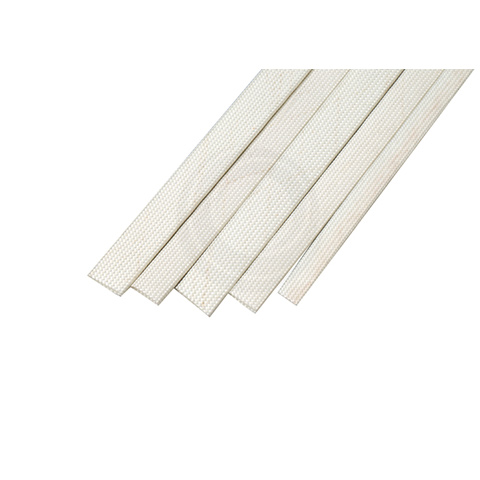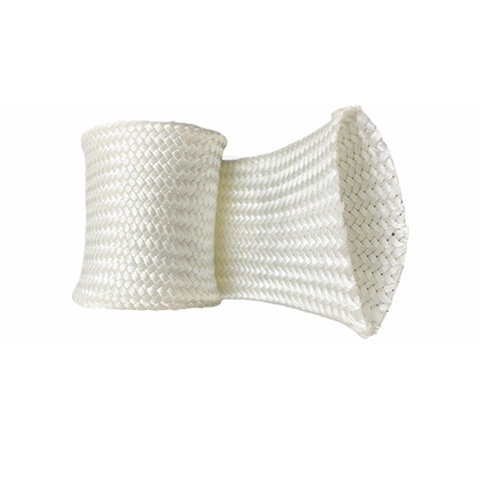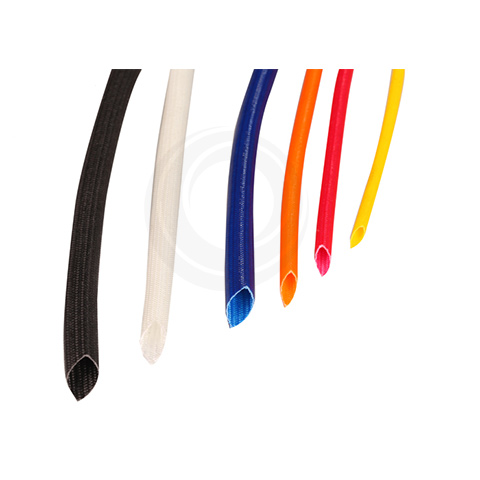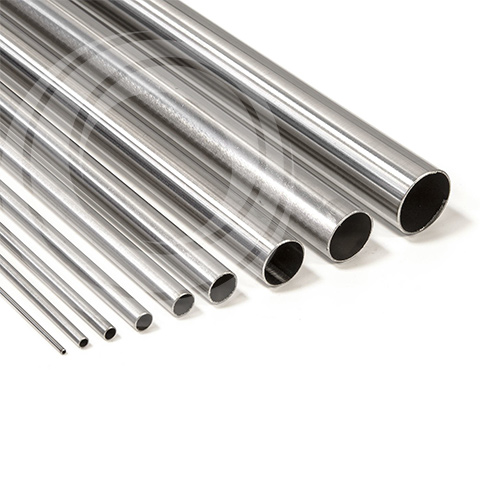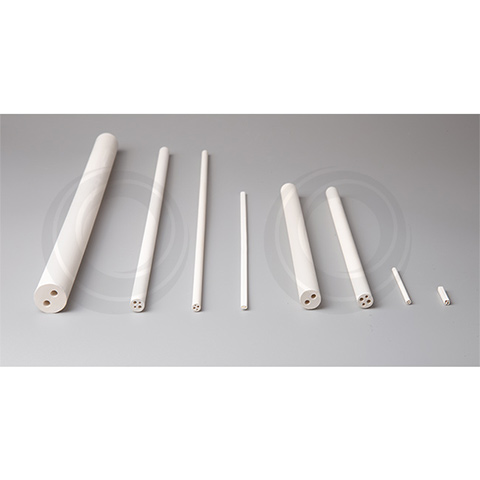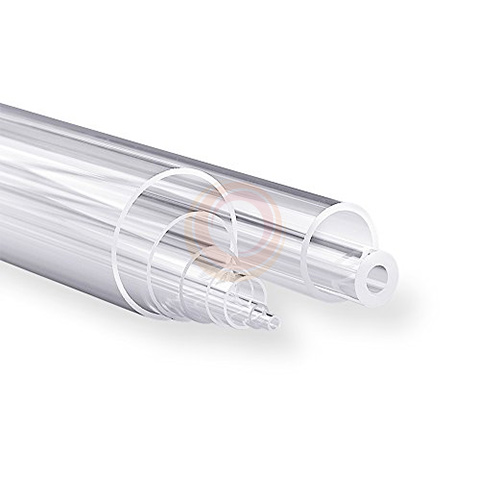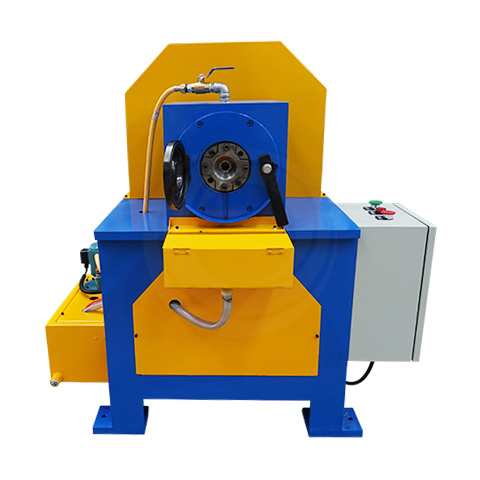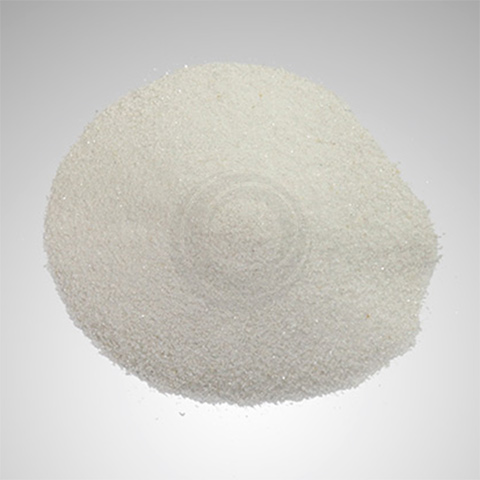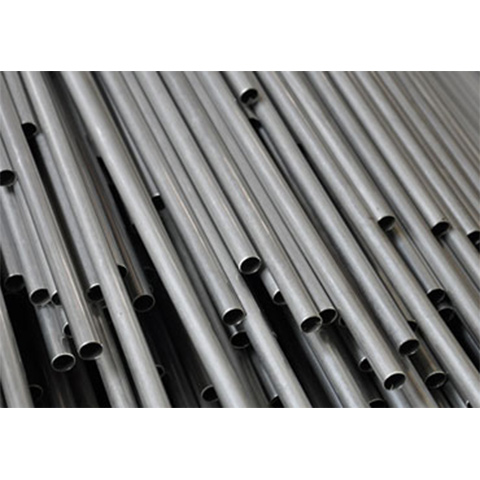Braided Fiberglass Sleeve—— Reliable protection of high temperature and electrical insulation
Braided fiberglass sleeve is a flexible tubular material made of alkali-free glass fiber yarn through a braiding process. It has excellent high temperature resistance, electrical insulation and mechanical strength. It is widely used in various industrial fields to meet the protection and insulation needs of cables, wires and pipelines. With its excellent heat resistance, electrical insulation and structural flexibility, braided fiberglass sleeve has become an indispensable part of the safety protection of modern industrial equipment. Whether in high-temperature electric heating equipment or in complex electronic systems, it can provide a stable and reliable protective barrier.
Product Features
- Strong high temperature resistance
Glass fiber itself has excellent heat resistance and can withstand a working temperature of 450℃ for a long time. After special coating treatment, it can withstand higher temperatures (such as silicone resin coating up to about 550℃).
- Good electrical insulation
Glass fiber has natural electrical insulation ability, which can effectively prevent arcs and short circuits. It is widely used in electric heating pipes, cable harnesses and other occasions.
The woven structure maintains flexibility, is easy to install and wrap, and has good tensile strength and wear resistance.
- Flame retardancy and chemical corrosion resistance
It does not support combustion, does not melt when exposed to fire, and is oil-resistant and chemical-resistant, suitable for complex industrial environments
Common structures and specifications
- Structure: cylindrical braid, usually single-layer braid, can also be customized with multi-layer or coating types according to needs.
- Material: alkali-free glass fiber yarn
- Coating type (optional):
- Silicone coating (high temperature resistance, moisture resistance)
- Acrylic coating (improves flexibility and appearance)
- Polyvinyl chloride (PVC) coating (enhanced mechanical protection)
- Regular size: Inner diameter from 1mm to 50mm can be customized, various colors.
Typical application areas
Electric heating industry: electric heating tube, Resistance Wire packaging protection
Home appliance manufacturing: microwave oven, water heater internal line protection
Automotive industry: engine compartment wiring harness protection, high temperature part insulation
Electrical equipment: high voltage cable coating, transformer winding insulation
Military industry and aerospace: wire anti-high temperature protection, vibration environment coating
Selection suggestions
When purchasing braided fiberglass sleeve, you can choose according to the following factors:
• Operating temperature range
• Whether flame retardant, moisture-proof or chemical corrosion resistance is required
• Matching of inner diameter and outer diameter of cable
• Whether color distinction or special marking is required

